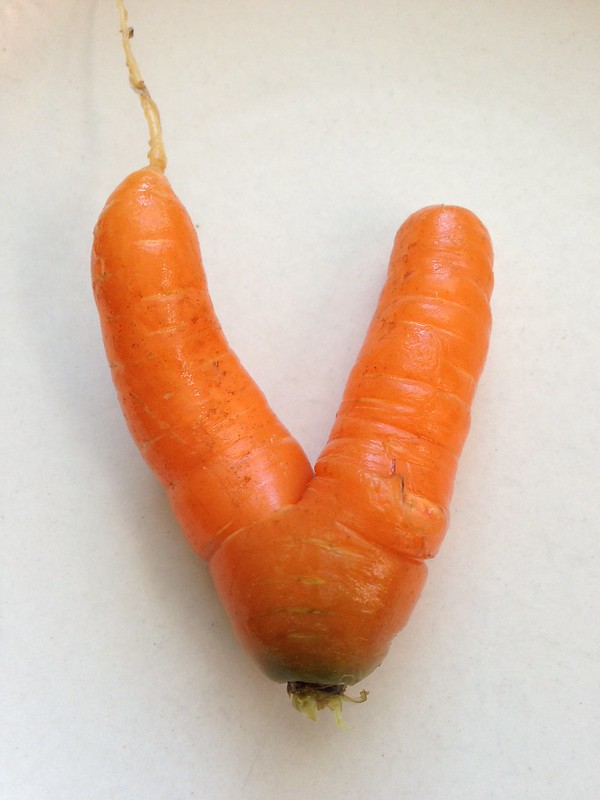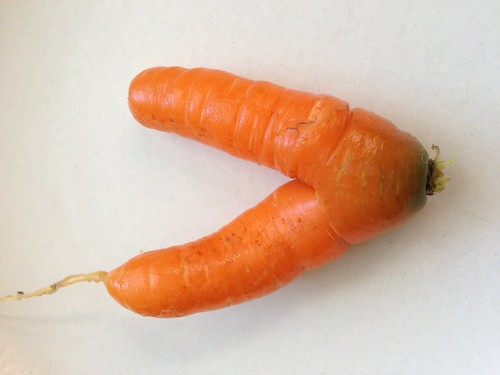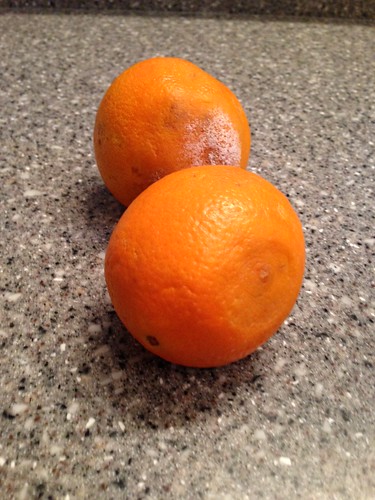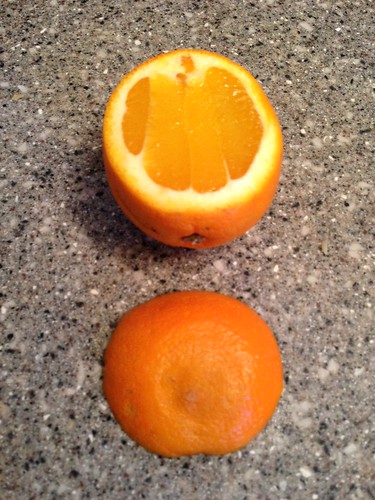Sad news, folks: every Thanksgiving, Americans squander 400 Statues of Liberty worth of turkey, by weight. That’s a lot of forsaken fowl—more than 200 million pounds—and a sign of how wasteful we’ve become.

It’s time we stop this Turkey Day tomfoolery. First, throwing away 35 percent of our turkey is oh-so-ungrateful. It undermines the spirit of the holiday and ignores the 50 million Americans who frequently don’t get enough to eat. The turkey we waste on Thanksgiving could provide a meal to every American in that category.
Equally important, our food waste—Thanksgiving and every other day—impacts the environment. The cornucopia of natural resources required from seed to supper plate goes for naught when we then waste that food. The water used to produce the Thanksgiving turkey we don’t eat would be enough to supply New York City for more than 100 days. And the greenhouse gas emissions are significant, as turkey production has the sixth largest carbon footprint per kilogram of the top 20 proteins.
Meanwhile, let’s not forget about the time and effort of all of the people involved in producing our Thanksgiving meal, from turkey farmers to family members (and the ultimate sacrifice of the turkeys that didn’t receive a Presidential pardon). Considering all that goes into getting our food to the table, the least we can do is use all of that turkey or get it to someone who will.
The simple conclusion is that we’ve stopped being thankful at Thanksgiving. That’s part of the story. Yet, considering that we waste 40 percent of America’s annual food supply, it’s also that our everyday squandering has seeped into our Thanksgiving routine. We lack not only the will to avoid waste, but often the knowhow and strategies to do so.
On that note, here’s a holiday-themed acronym to help you trim the waste from your Thanksgiving meal:
Gauge how many guests you’ll have and buy a reasonable amount of food. There’s a wide line between abundance and absurdity—try to be on the right side.
Offer food, don’t dish it out. To avoid unwanted foods or quantities, let guests help themselves. Buffets and family-style serving both help minimize plate waste. Meanwhile, we all should avoid taking too much; it’s easy to get seconds—or at least it should be.
Behold the bounty on display. Take it in. Be grateful and recognize that 50 million Americans and 870 million people worldwide don’t always have enough to eat. Eat mindfully and thankfully.
Bacteria enjoy Turkey, too. Don’t let your feast sit out too long—the USDA advises it be no longer than two hours. Refrigerate your food promptly to maximize your food’s lifespan by minimizing the time it spends between 40 and 140 degrees F, the “Danger Zone†where bacteria thrive.
Leftovers logistics are key. In addition to packing up the meal quickly, store leftovers in smaller, shallow containers so they cool faster and spend less time in the bacteria danger zone. Have plenty of containers on hand to send guests home with a portion of the feast. Finally, get jazzed about using those leftovers in new, fun ways.
Enjoy! Don’t let thoughts of food waste dominate the day. Be sure to also savor the food and the presence of your friends and family. To put it in the words of the great UK advocacy campaign, think more about loving food and less about hating waste.
GOBBLE, GOBBLE, friends!
—
The following Thanksgiving post is also running today on Food Tank:


 Down the road, New York City is continuing to ramp up its food waste recycling efforts by
Down the road, New York City is continuing to ramp up its food waste recycling efforts by 




